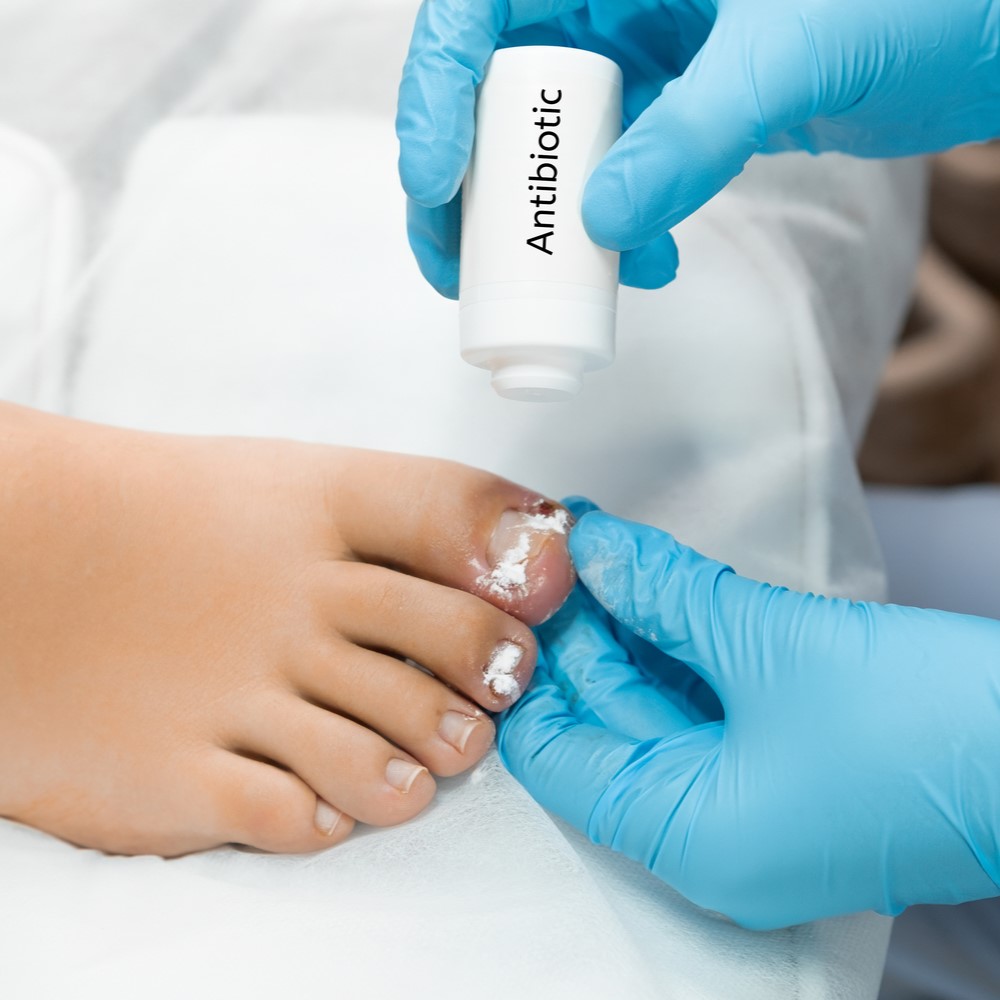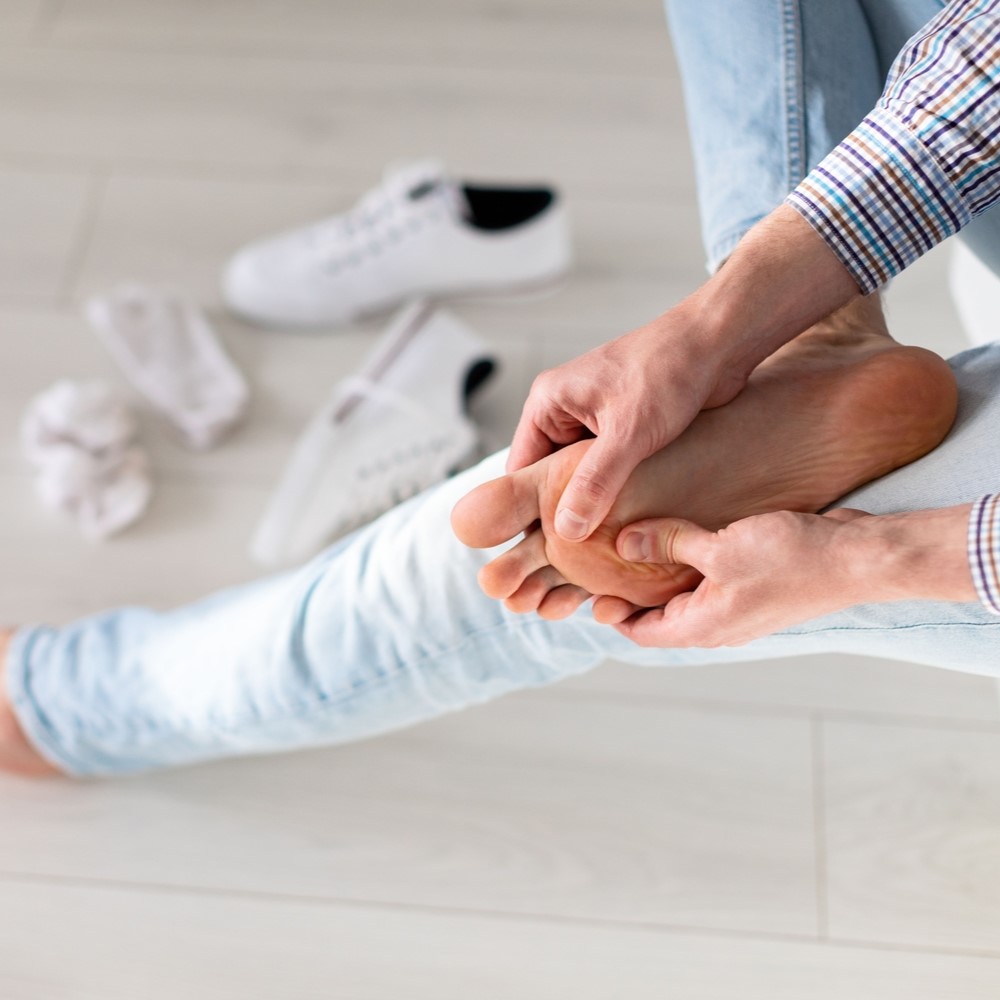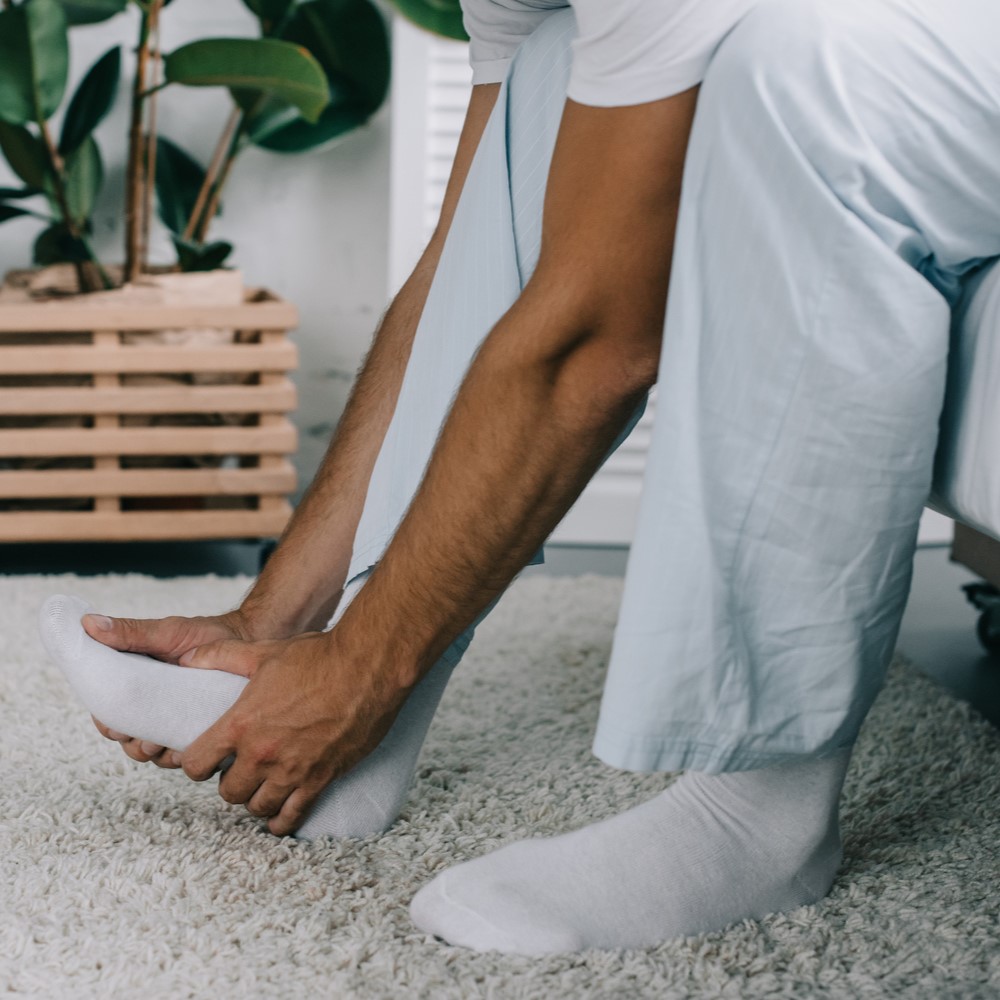Ingrown Toenail SOS: Solutions in Abu Dhabi
Ouch! Ever feel like your toenail is playing a particularly cruel game of hide-and-seek… under your skin? If you’re nodding your head in throbbing pain, then you’re likely facing the wrath of an ingrown toenail. Don’t worry, HSMC podiatrists in Abu Dhabi are here to rescue your toe and get you back to pain-free adventures! Understanding Ingrown Toenails An ingrown toenail occurs when the corner or edge of a toenail digs into the surrounding skin. This can happen due to various factors, including improper nail trimming, wearing ill-fitting shoes, or certain foot shapes. In some cases, trauma to the toe can also contribute to the development of an ingrown toenail. Symptoms and Treatment The most common symptoms of an ingrown toenail include pain, swelling, redness, and tenderness around the affected toe. In some cases, pus may also be present, indicating an infection. If you suspect you have an ingrown toenail, it’s crucial to seek professional medical attention from a qualified podiatrist in the HSMC clinic in Abu Dhabi. This common foot condition can affect anyone, and fortunately, effective treatment options are readily available. Podiatrists specialize in foot and ankle conditions and possess the expertise to diagnose and treat ingrown toenails effectively. Depending on the severity of the ingrown toenail, treatment options may include: Preventing Ingrown Toenails Following some simple steps can significantly reduce your risk of developing ingrown toenails: Finding an Ingrown Toenail Specialist in Abu Dhabi If you’re experiencing an ingrown toenail in Abu Dhabi, numerous reputable podiatrists offer effective treatment options. By seeking professional medical attention promptly, you can alleviate discomfort and ensure a speedy recovery. Remember, early intervention is key to managing ingrown toenails effectively. Schedule an appointment with a podiatrist in HSMC in Abu Dhabi today to find lasting relief and get back on your feet comfortably.
Ingrown Toenail SOS: Solutions in Abu Dhabi Read More »












